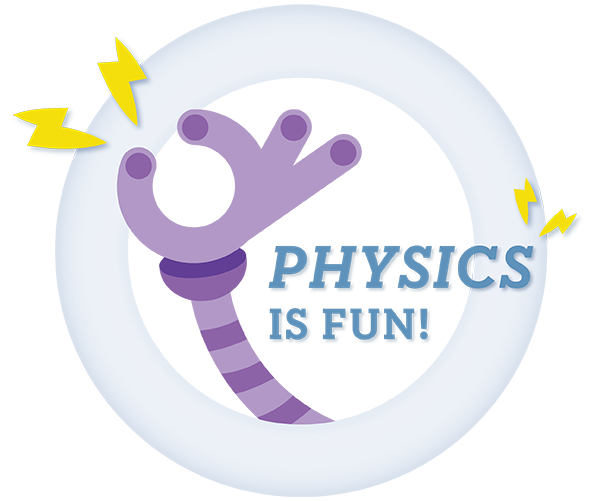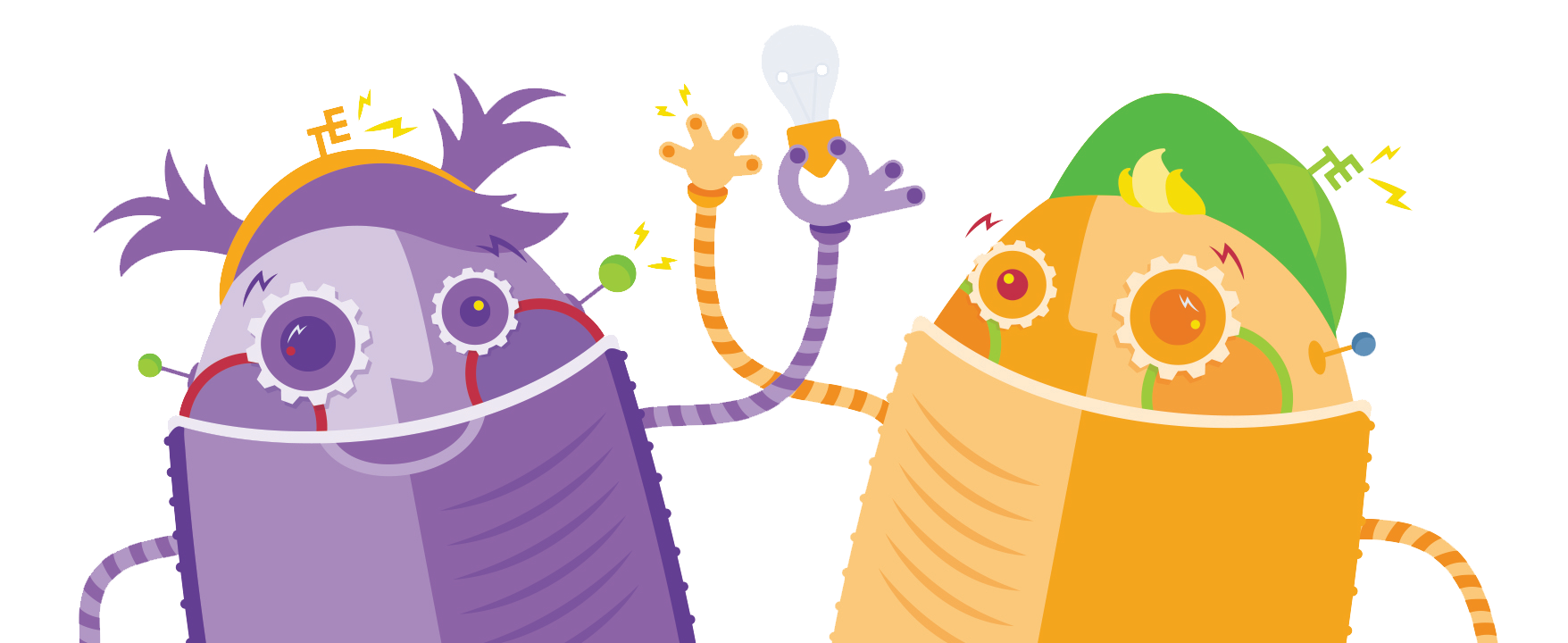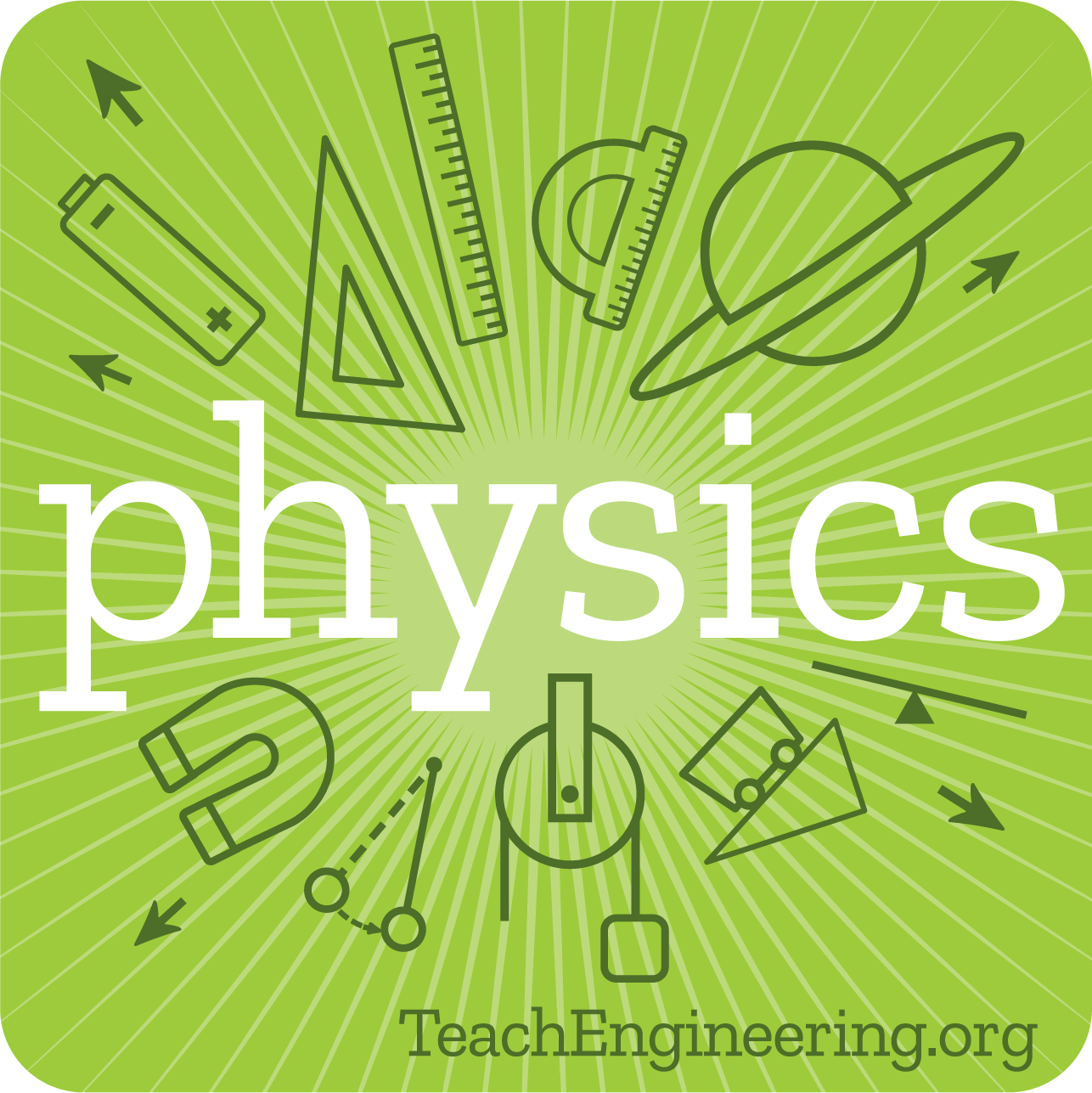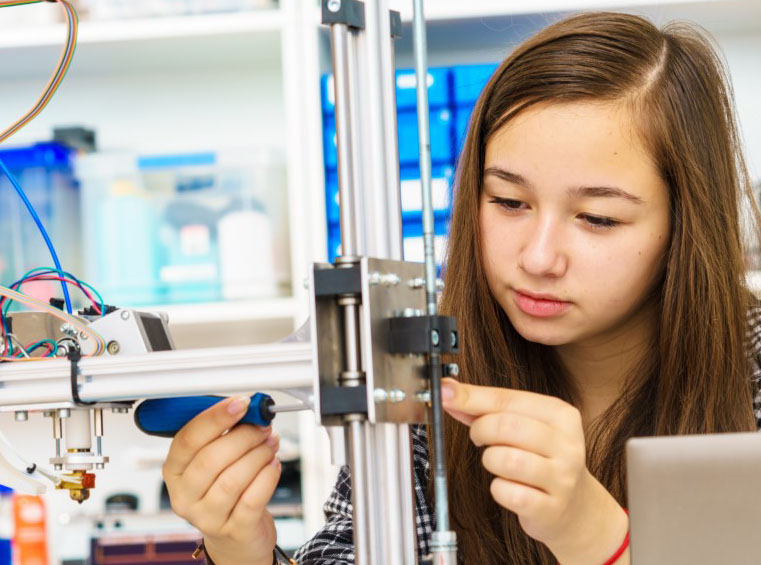Engineering and physics are complementary!
Hands-on engineering curriculum, aligned to Next Gen physics and physical-science standards, provides context on how these topics can be applied to make the world a healthier, happier and safer place.



Physics and Physical Science Curricula

Physics and Physical Science Curriculum featuring Engineering
Our engineering curriculum is aligned to Next Gen's Physics and Physical Science Standards, and engages students in science and engineering practices including: asking questions, carrying out investigations and communicating information through exploring real-world challenges.
Select your physical science or physics topic:
Exemplar NGSS-aligned TeachEngineering curriculum:
Using gumdrops and toothpicks, students conduct a large-group, interactive ozone depletion model. Students explore the dynamic and competing upper atmospheric roles of the protective ozone layer, the sun's UV radiation and harmful human-made CFCs (chlorofluorocarbons).
To better understand electricity, students investigate the properties of materials based on their ability to dispel static electricity. . Students learn to identify materials that hold static charge as insulators and materials that dispel charge as conductors. The class applies the results from thei...
Students learn about atoms and their structure (protons, electrons, neutrons) — the building blocks of matter. They see how scientific discoveries about atoms and molecules influence new technologies developed by engineers.
Students use gumdrops and toothpicks to make lithium atom models. Using these models, they investigate the makeup of atoms, including their relative size.
Students compare and contrast matter and antimatter, learn how antimatter can be used as a form of energy, and consider potential engineering applications for antimatter.
Select your physics topic:
Exemplar NGSS-aligned TeachEngineering curriculum:
Students explore the chemical identities of polymeric materials frequently used in their everyday lives. They learn how chemical composition affects the physical properties of the materials that they encounter and use frequently, as well as how cross-linking affects the properties of polymeric mater...
Students are presented with the concepts of wetting and contact angle. They are also introduced to the distinction between hydrophobic and hydrophilic surfaces. Students observe how different surfaces are used to maintain visibility under different conditions.
Students are introduced to superhydrophobic surfaces and the "lotus effect." Students learn how plants create and use superhydrophobic surfaces in nature and how engineers have created human-made products that mimic the properties of these natural surfaces.
Students investigate the property dependence between liquid and solid interfaces and determine observable differences in how liquids react to different solid surfaces. They compare copper pennies and plastic "coins" as the two test surfaces.
Students are challenged to use computer-aided design (CAD) software to create “complete” 3D-printed molecule models that take into consideration bond angles and lone-pair positioning. To begin, they explore two interactive digital simulations: “build a molecule” and “molecule shapes.”
Student teams make polymers using ordinary household supplies (glue, borax, water). They experiment with the semi-solid material when warm and cold to see and feel its elastic and viscous properties. Students will begin to understand how the electrical forces between particles change as temperature ...
Select your advanced physics topic:
Exemplar NGSS-aligned TeachEngineering curriculum:
Students analyze the relationship between wheel radius, linear velocity and angular velocity by using LEGO® MINDSTORMS® EV3 robots. Given various robots with different wheel sizes and fixed motor speeds, they predict which has the fastest linear velocity.
In this lesson about solenoids, students learn how to calculate the magnetic field along the axis of a solenoid and then complete an activity exploring the magnetic field of a metal slinky. Solenoids form the basis for the magnets of MRIs. Exploring the properties of this solenoid helps students und...
Students use a classic children's toy, a metal slinky, to mimic and understand the magnetic field generated in MRI machines. The metal slinky mimics the magnetic field of a solenoid, which forms the basis for the magnet in MRI machines.
Students begin to focus on the torque associated with a current carrying loop in a magnetic field. They solve example problems as a class and use diagrams to visualize the vector product. In addition, students learn to calculate the energy of this loop in the magnetic field.
A class demo introduces students to the force between two current carrying loops, comparing the attraction and repulsion between the loops to that between two magnets. After a lecture on Ampere's law (including some sample cases and problems), students begin to use the concepts to calculate the magn...
Frequently Asked Questions
Both the Engineering Design Process and the Scientific Method are tools employed by engineers to solve challenging, multifaceted problems. The steps of the scientific method are employed when an engineer needs to test a hypothesis or learn about unknown processes, while the engineering design process is an iterative cycle that is useful in designing new products and processes. Through applying the Engineering Design Process, engineers continuously learn from failure to make incremental improvements in product or process designs. Learn more about how to use the Engineering Design Process and find example curriculum on our Engineering Design Hub!
The difference between Making and Engineering is in the extent of planning and analysis that goes into product design. Engineered products are not the result of trial and error, but a careful understanding of how the world around us works through the mastery and application of knowledge in physics, math, chemistry, biology, sociology and other fields ---and integrating that knowledge to design products and processes that behave in creative, yet predictable, ways. For a broader idea of what engineers do, check out our What is Engineering video!




